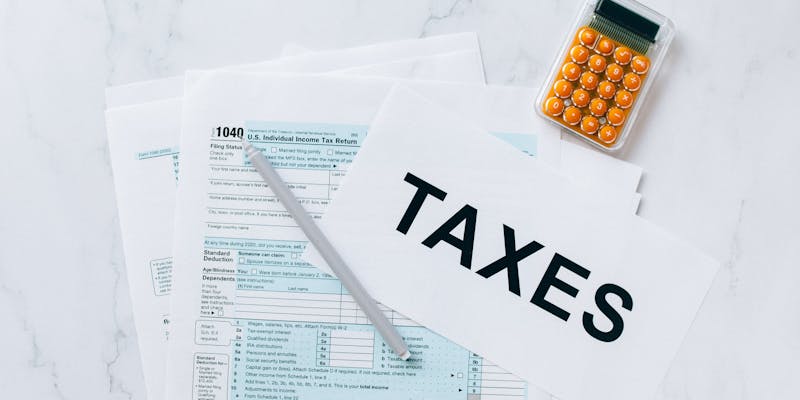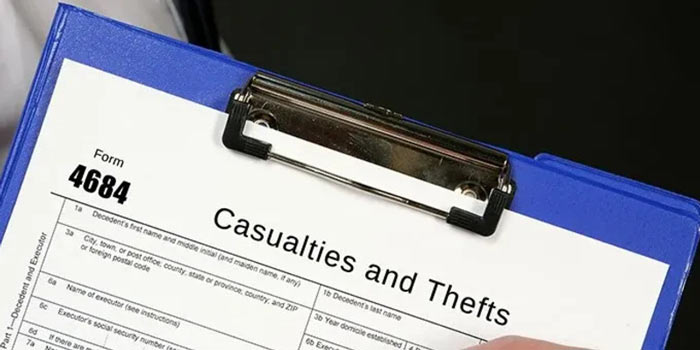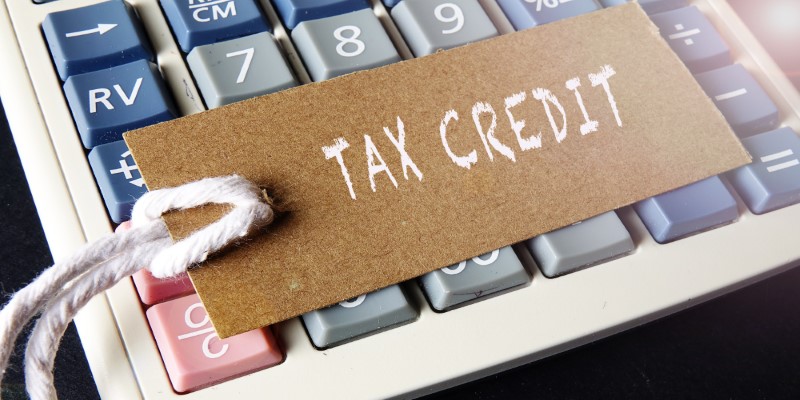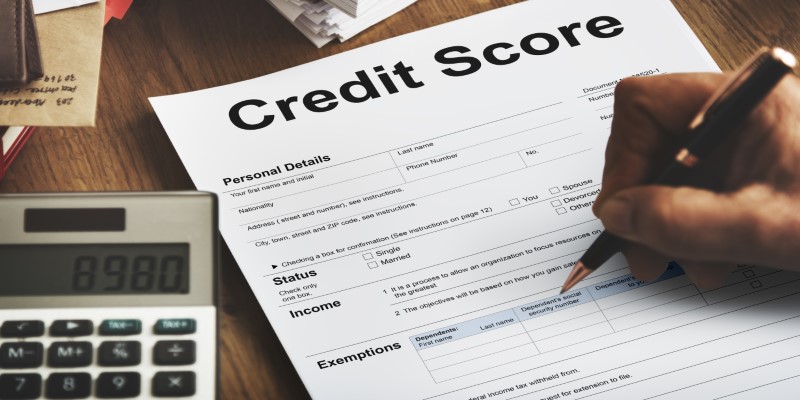A Beginner's Guide to Applying for Educational Funding with Pell Grant
Are you a prospective college student looking for financial aid to help with the cost of your education? This work can be easier to handle if you know how to apply for financial aid, especially the Pell Grant. The Pell Award is a federal award that provides substantial support for college expenses and is intended for undergraduate students who have financial needs.
With the help of this guide, you should be able to apply for a Pell Grant with confidence, knowing that you will have all you need to get the funding you require to continue your education. Continue reading to learn more about Pell Grants and how to apply for them.
What to Know About Pell Grant and How Does It Work?
The federal government offers Pell Grants, a form of financial aid, to assist students in covering the costs of college or other post-secondary education. Pell Grants are not repaid, with the exception of very few circumstances, unlike student loans. Students and their parents must complete the Free Application for Federal Student Aid (FAFSA), which inquiries about their financial status, in order to be eligible for a Pell Grant.
Schools utilize this data to calculate a student's qualifying federal assistance level, along with the cost of attendance (COA), anticipated family contribution (EFC), and other factors. While the COA covers tuition, fees, and other expenditures, the EFC is based on the assets and income of the student and their family.
Pell Grants assist in bridging the gap between the EFC and COA, making education more affordable for students in need, in conjunction with other types of aid such as loans and work-study employment. Financial assistance offers are usually sent by colleges along with acceptance letters.
Step-by-Step Guide on Applying for Pell Grant
Here is a step-by-step guide on how to apply for a Pell Grant.

Generate an ID for the FSA
Go to the Federal Student Aid website, establish an account, and then follow the instructions to create an FSA ID. You'll have to set up a username and password in addition to providing some personal data.
You will need this information in the future to access your financial assistance records, so be sure to keep it secure. Your FSA ID acts as an electronic signature on the FAFSA. It also gives you secure access to other government websites for student aid.
Acquire Necessary Records
To make the application process go more smoothly, gather all the required paperwork before beginning the FAFSA. Your Social Security number, driver's license (if applicable), federal tax returns or W-2 forms, records of untaxed income, bank statements, and details about any assets or investments you or your family may possess are usually included in these documents. Having these materials on hand will make it more likely that the information you offer on your application is correct.
Finish Filling Out the FAFSA
Now that you have all the necessary paperwork, it is time to complete the FAFSA. You can use the myStudentAid mobile app or the fafsa.gov website to accomplish this. If you are a dependent student, the FAFSA will request information about your assets and income as well as personal and financial circumstances. To enable the universities to obtain your financial aid information, be sure to include a list of all the colleges you are considering attending.
Examine your Student Assistance Report (SAR)
You will receive a Student Aid Report (SAR) by mail or email after completing the FAFSA. This report shows your Expected Family Contribution (EFC) and provides an overview of the data you submitted on your FAFSA. To make sure that the information is correct, carefully go over the SAR.
If you see any mistakes or inconsistencies, rectify them online by following the given procedures. You will also find instructions in your SAR on how to use the FAFSA website to access your online financial aid information.
Await Your Financial Aid Award Letter
Each college you listed on your application will send you a financial aid award letter when your FAFSA has been processed. The kinds and quantities of financial aid, such as Pell Grants, federal student loans, work-study programs, and any institutional aid provided by the college, will be described in this letter.
Before choosing, thoroughly go over each reward letter and weigh your options. Remember that Pell Grants are a crucial source of financial aid for qualified students because they are not repayable.
Tips for Submitting a Successful Pell Grant Application
Here are some useful tips for a successful Pell Grant application.

Early Submission of the FAFSA
Since financial aid is frequently given out on a first-come, first-served basis, it is imperative that you file your FAFSA as soon as it becomes available on October 1. You raise your chances of getting the highest possible Pell Grant amount by doing this.
In addition, early submission guarantees consideration for all available aid programs, as some states and universities have limited budgets. Avoid waiting until the last minute since this can lessen your chances of getting all the financial aid for which you qualify.
Verify Your FAFSA Twice
Before submitting your FAFSA, carefully check it for problems that could cause processing to take longer than expected or damage your eligibility for aid. Verify the accuracy of all the information, taking into account household size, income, and personal information.
Errors in your tax return or income report could cause disparities in your financial aid package. You can make sure you get the most accurate and timely financial assistance by taking the time to double-check your FAFSA.
The Bottom Line!
Undergraduate students with substantial financial need can benefit greatly from Pell Grants, which help them pay for college or other post-secondary education. For the most part, Pell Grants are a desirable kind of financial aid because they are repayable, unlike student loans.
Students and their families only need to complete the Free Application for Federal Student Aid (FAFSA) in order to be eligible for this aid. Applying for a Pell Grant allows students to move closer to realizing their dreams of a college education without having to worry about crippling debt.












